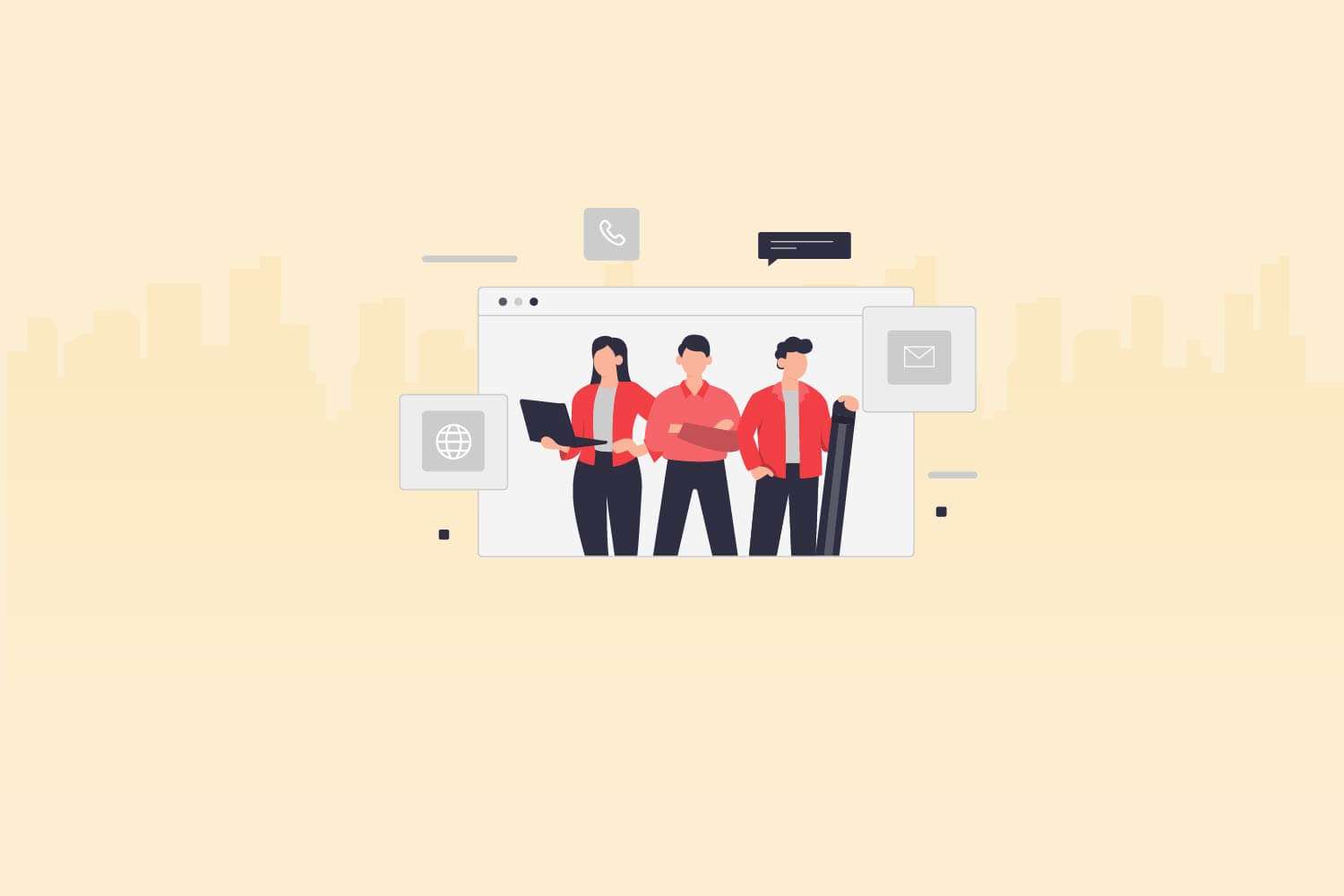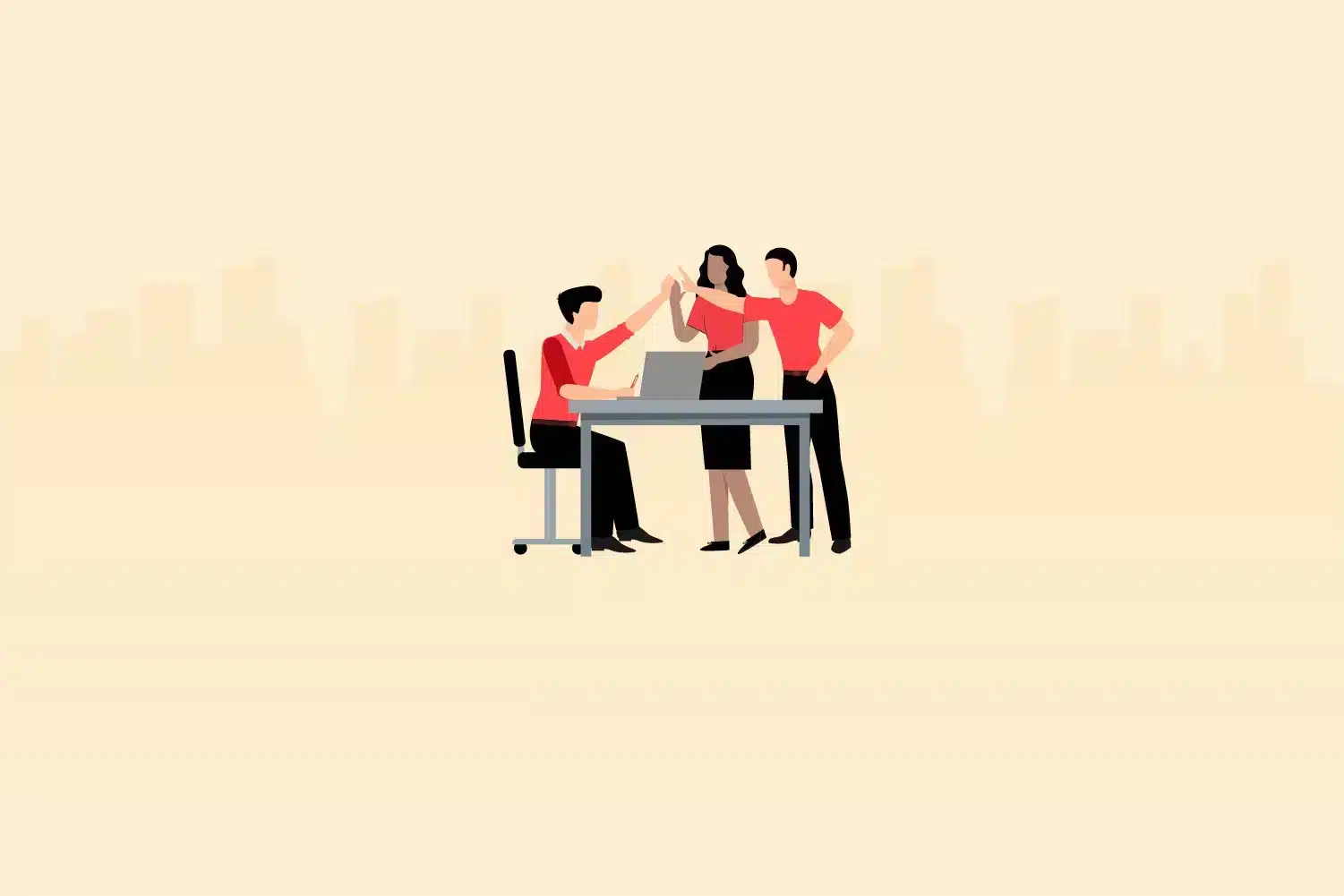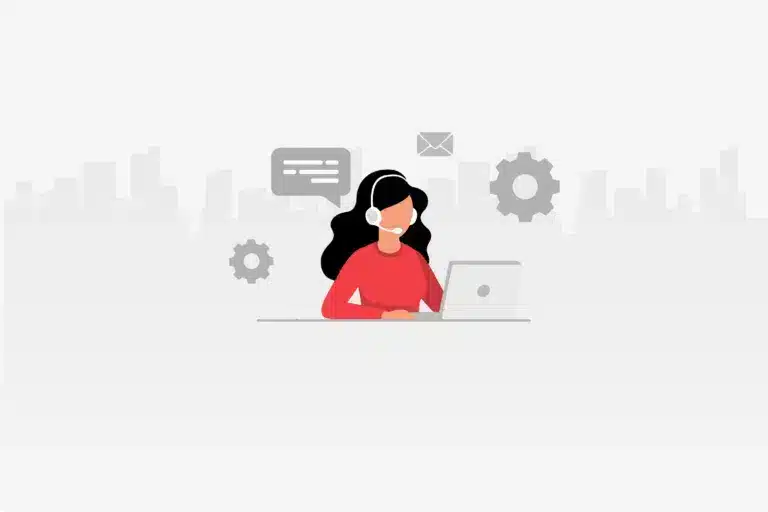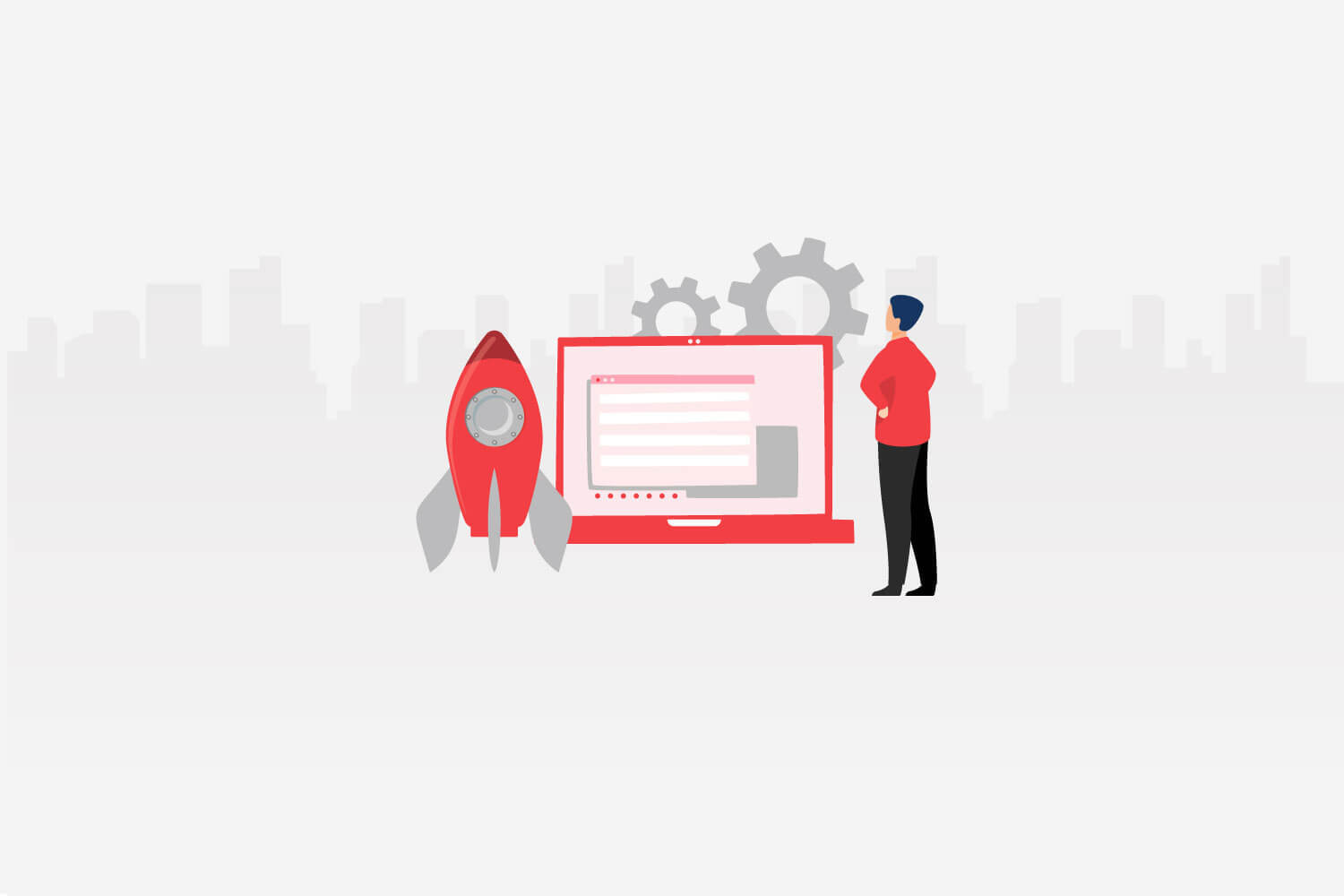The recruitment process can be complicated. There are many variables and unknowns which can affect the way you choose candidates. Even when you have a good amount of information about candidates there may be a tendency for recruiters or recruitment teams to make decisions based on their own biases. This is known as cognitive bias and can affect decision-making in a negative way because recruiters favor a candidate for subjective reasons.
In this article, we will assess why reducing cognitive bias is important to improving your hiring decisions.
What is cognitive bias?
Cognitive bias is a distortion of your perceptions that can affect how you favor one thing over another. It may also influence you to hold an inaccurate belief about something because of how you relate to it. It’s often seen in the recruitment process when hiring candidates for a job position.
Every person has their own opinions, beliefs, and experiences. These can create subjective preferences. And with these preferences, you may favor one person over another simply because of these subjective preferences.
For example, an interviewer may favor people who are more like them, even if those people may not be the best fit for the job. This is known as the ‘halo effect’, where a person’s good qualities overshadow any bad ones.
What happens is that an interviewer is perceiving a candidate in a better light-based on shared characteristics. This might distort this interviewer’s decision-making and lead to inferior decisions. And the real cost of a mis-hire can be far-reaching for your organization.
Types of cognitive bias
There are many variations of cognitive biases that can impact your recruiting decisions. The better you and your team understand them and how they may be influencing your choices, the better you will be able to reduce its influence.
Here are a few of the most common:
The halo effect
This is when you let your first impression of someone cloud your judgment of them as a whole. You might assume that because someone is very articulate and can talk very well, they must be good at what they do. This is could be an incorrect assumption that may cause you to choose them over a better candidate, but who didn’t articulate themselves as well.
The sunk cost fallacy
This happens when you continue investing in something, even if it is not working because we’ve already put so much time and effort into it. In recruitment, this might mean continuing to interview a candidate even if it is clear they’re not a good fit for the job.
Confirmation bias
This is when we look for information that confirms our pre-existing beliefs, rather than considering all of the evidence. In recruitment, this can lead recruiters to only consider candidates who have the skills and qualifications they are looking for, rather than looking at the whole person. What this can lead to is hiring a candidate that might have the credentials, but is a completely wrong fit for the company culture.
Cognitive dissonance
The discomfort you feel when you hold two contradictory beliefs at the same time is cognitive dissonance. For example, if you believe that all job applicants should be treated equally, but you also think that some groups are more qualified than others, cognitive dissonance will occur. This contradictory point approach will ultimately interfere with unbias decision-making which might lead to mis-hires.
Cognitive bias can have a serious impact on the recruitment process and the quality of candidates that are hired. It’s important to be aware of cognitive biases and how they might be affecting your decisions. By taking steps to avoid cognitive bias, you can ensure that you’re hiring the best candidates for the job.
Cognitive bias is affecting your recruitment process
As we have already discovered your subjective biases can have a negative effect on how you make judgments and decisions. These biases happen when our brain creates shortcuts to make judgments about people or situations. And this often happens without us realizing it which can lead to inaccurate decisions.
This can lead recruiters to make snap judgments about candidates based on first impressions, rather than taking the time to get to know them. This can result in hiring the wrong person for the job or overlooking a great candidate who may not have interviewed well.
In a recruitment scenario, this can negatively affect how you and your team make decisions or perceive candidates. By being aware of these biases you can question your perceptions and feelings about a candidate to determine whether your preference is justified or based on a preconceived bias.
- Why do I consider this candidate a good choice?
- What characteristics did I immediately recognize?
- What qualities do they have that I relate to?
- What subjective characteristics made me like them?
- Is there anything that makes you favor a candidate that could be a bias?
It is essential that you assess your own biases and identify why you believe a candidate is a good choice.
How to avoid cognitive bias in the recruitment process?
Cognitive bias can impact our recruitment process in many ways and can often lead you to hire the wrong candidates. To avoid cognitive bias, you need to be aware of its existence and understand how it can influence our decision-making.
Here are some tips on how to avoid cognitive bias in the recruitment process:
Be aware of your cognitive biases
Cognitive bias is natural and we all have them. The key is to be aware of them so that you can recognize when they are influencing your decision-making. Make it a habit of assessing your choices and why you consider certain candidates to be a better choice than others.
Use a structured recruitment process
A structured recruitment process can help to minimize the impact of cognitive bias on your decisions. By using a standardized process, you can ensure that all candidates are assessed in the same way, which reduces the chances of subjective influences in your decisions making. You can include questions to ask yourself and your team to help establish any biases toward candidates.
Use objective criteria
When assessing candidates, use objective criteria rather than subjective opinions. Ensure you evaluate candidates based on facts and not opinions. This will help to reduce the impact of cognitive bias on your decisions.
Get feedback from others
Different people see different things. If you have colleagues involved in the hiring process, ask them for feedback. Get their perspective on a candidate to see what their opinion is and how they perceived the same candidate. This will help to reduce the impact of your own bias on your decisions by getting input from a range of people.
Clarify why you favour a candidate
One way to get to the bottom of why you like a candidate is to justify it. You can either discuss with a colleague or your team or write down a list of reasons you feel that a candidate is a good choice. Note what you have written down and highlight any reasons that may reflect a bias. If you find that your decision seems biased, revise your assessment of them.
Use Testlify to remove bias
Testlify is a talent assessment platform with the unique ability to hide information that could influence hiring decisions. By configuring Testlify to hide information about gender, and other details you can encourage a more inclusive workforce. This means there is also a higher chance of hiring better talent as you are more focused on key skills and qualities.
Conclusion
One thing that is clear is that we all see things through our own unique lens. This lens is influenced by many things in our life from experiences, beliefs, and opinions, even our very character.
As a recruiter, it is critical to understand that you are influenced on an unconscious level. These unconscious influences can dramatically affect how you evaluate candidates for positions within your company.
Having a clear understanding of what these biases are and how to counteract them is essential for you and your team to make better recruitment decisions.
Ultimately you want to hire the best talent, but you need to have an unbiased and non-judgemental approach in order to make effective hiring decisions.
Educating your team, having a structured approach, and utilizing powerful assessment tools like Testlify can give your team an advantage at making non-bias decisions.








